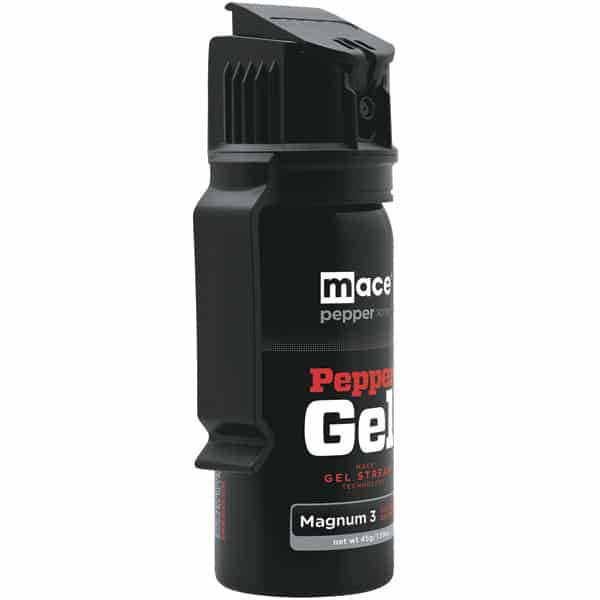

For Orders Over $25

On Any Of Our Products

Details On Refund Page
Have you ever considered the practicality of carrying a lightweight telescoping baton as part of your everyday essentials?
This compact, yet potent tool can swiftly expand from a manageable size to a formidable self-defense instrument with a flick of your wrist.
While its benefits, including portability and ease of use, make it an attractive option, the legal implications and maintenance requirements should not be overlooked.
As you weigh the pros and cons, think about how choosing the right model could enhance your personal safety toolkit. Let’s explore what sets the ideal telescoping baton apart from the rest, keeping in mind the balance between utility and compliance.
To effectively incorporate a telescoping baton into your everyday carry, it’s important to first grasp what it’s and how it operates. A telescoping baton is a compact, extendable baton designed for self-defense, swiftly expanding from a small, portable size to a full-length baton with a flick of the wrist. Understanding its design variations and usage techniques is essential for efficient use.
Design variations of telescoping batons include differences in length, material, and grip style. Some models might be heavier, catering to those who prefer a baton with more heft, while others are lighter, making them easier to carry and maneuver. The grip might be rubberized for better control or patterned for a firmer handhold during use.
Mastering usage techniques is equally important. You’ll need to practice deploying the baton quickly and smoothly, ensuring it locks into place before use. Retracting it should also be practiced, as some models require a specific method to collapse efficiently. Additionally, learning the proper stance and how to strike effectively can enhance your self-defense capability. Remember, proficiency with a telescoping baton comes from understanding its mechanics and practicing its deployment and retraction.
Having understood the design and usage of telescoping batons, let’s now examine their key features and benefits that make them a practical choice for everyday carry.
The compact design of these batons can’t be overstated. You’re looking for a self-defense tool that won’t weigh you down or take up unnecessary space. A telescoping baton fits that bill perfectly. It’s small enough to carry in your pocket, purse, or backpack, yet it expands to a full-size baton when you need it. This means you’ve got a powerful tool at your fingertips without the bulk or inconvenience of traditional batons.
Additionally, the ease of use is a significant advantage. With a quick flick of your wrist, the baton extends and locks into place, ready for use. This immediate accessibility ensures you’re not fumbling with your self-defense tool when seconds count. Furthermore, the durable construction of these batons means they can withstand the rigors of daily carry and the impact of defensive use. You’re investing in a reliable, long-lasting product.
Before considering a telescoping baton for daily carry, you must understand the legal implications in your area. State laws vary greatly, and what’s permissible in one region could be entirely illegal in another. It’s important to research and comply with your local laws to avoid unintentional violations. Some states may allow you to carry a baton with certain restrictions, such as requiring a concealed carry permit, while others might ban them outright for civilian use.
Additionally, if you’re someone who travels frequently, you’ll need to be aware of travel restrictions. Transporting a telescoping baton across state lines or through airports could lead to complications if you’re not well-informed about the laws governing each jurisdiction you enter. Federal regulations, particularly those enforced by the Transportation Security Administration (TSA), could greatly impact your ability to carry a baton while flying. Always check the latest TSA guidelines and state laws before packing your baton for travel.
Properly maintaining your telescoping baton guarantees its reliability and longevity for everyday carry. Just like any tool you rely on for personal safety, a well-cared-for baton is a dependable one.
Here’s how you can make sure your baton stays in top condition:
These simple steps will keep your telescoping baton ready and reliable, making sure it’s there for you when you need it most. Remember, a little care goes a long way in extending the life of your self-defense tool.
Selecting the right telescoping baton model requires understanding your personal safety needs and preferences. It’s not just about picking any baton off the shelf; it’s about finding the one that fits seamlessly into your everyday carry. Material choices play an important role in this decision. Aluminum, steel, and polycarbonate are common options, each offering a unique balance of durability and weight.
Steel, while robust, tends to be heavier, potentially slowing you down when speed is of the essence. Aluminum strikes a middle ground, providing a decent strength-to-weight ratio. Polycarbonate, on the other hand, is lighter and may offer enough durability for your needs, especially if you’re prioritizing ease of carry over maximum force.
Weight considerations are equally important. A heavier baton can deliver more force but will be more cumbersome to carry and deploy. You’ll want to find a baton that you can easily carry all day without it becoming a burden. The ideal model is one that feels like an extension of your hand: there when you need it but unobtrusive when you don’t.
In wrapping up, choosing the right lightweight telescoping baton for everyday carry is like picking a trusty sidekick; it’s essential. Remember, it’s not just about the baton’s sleekness or strength, but also staying on the right side of the law.
Keep it well-maintained, and it’ll be ready whenever you need it. Armed with knowledge and the perfect model, you’re set to walk confidently, knowing you’ve got a reliable tool at your side.
Stay safe, stay prepared.
Swift Self Defense
SWF Design Group LLC
176 Westbrook Dr. #110
Honey Brook, PA 19344
Call us: 610-306-9456